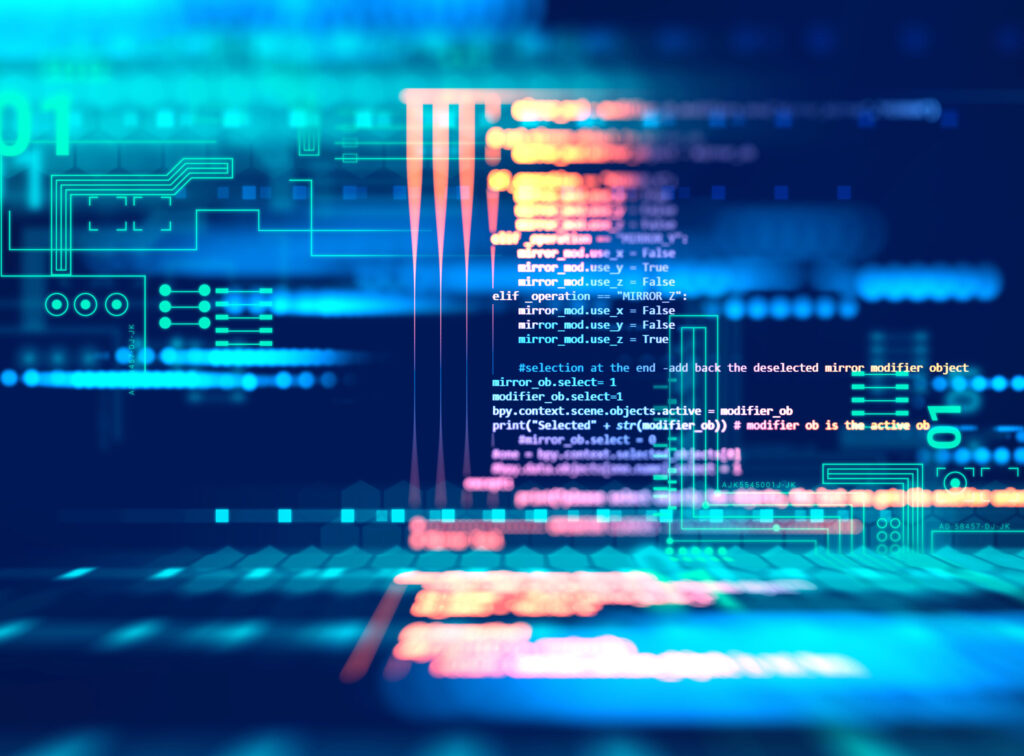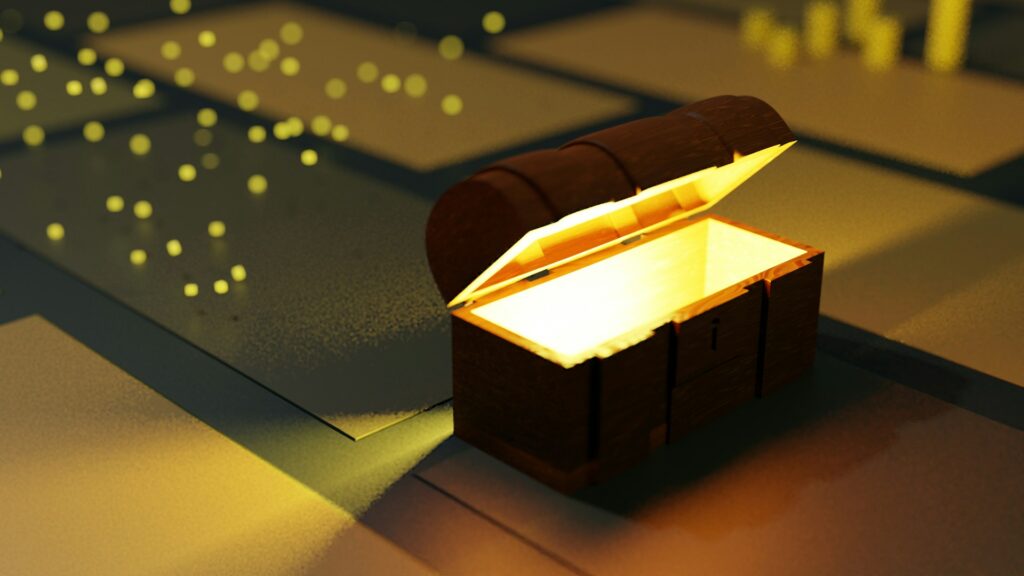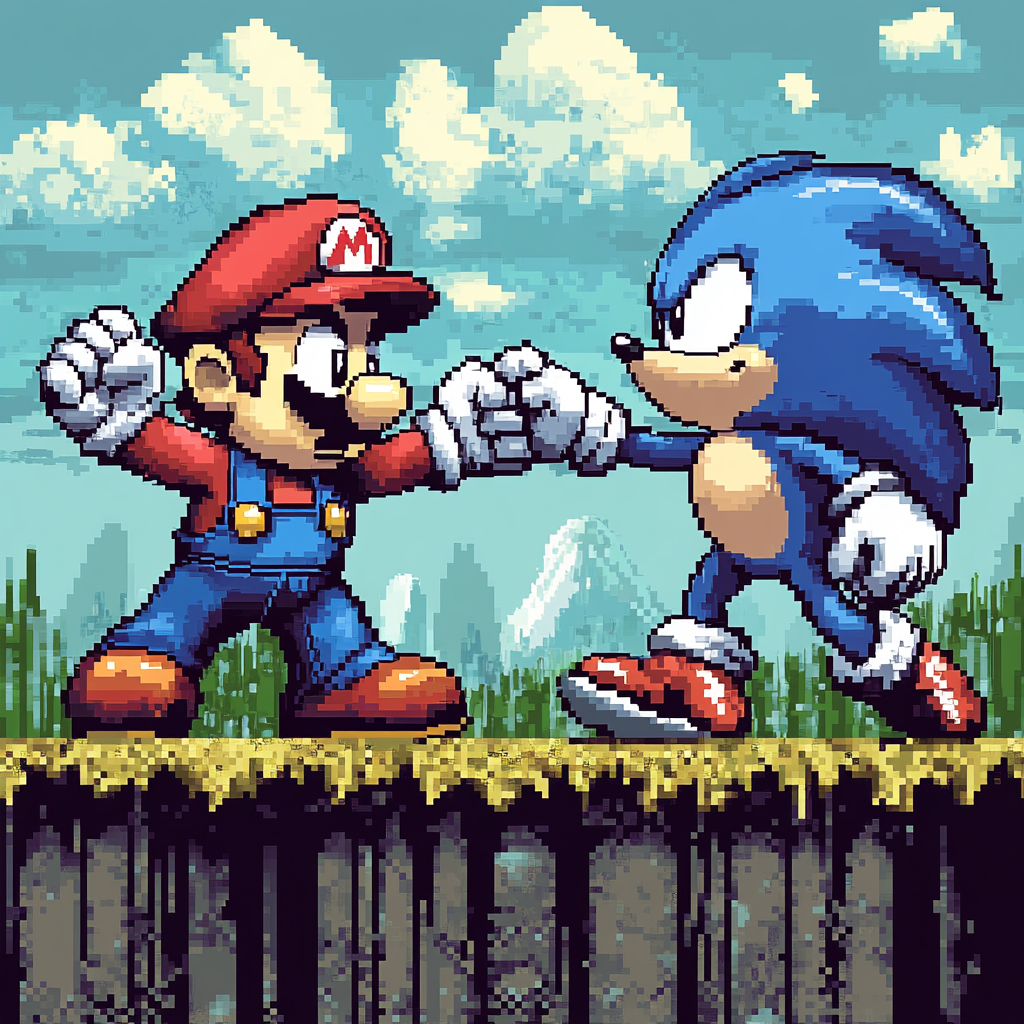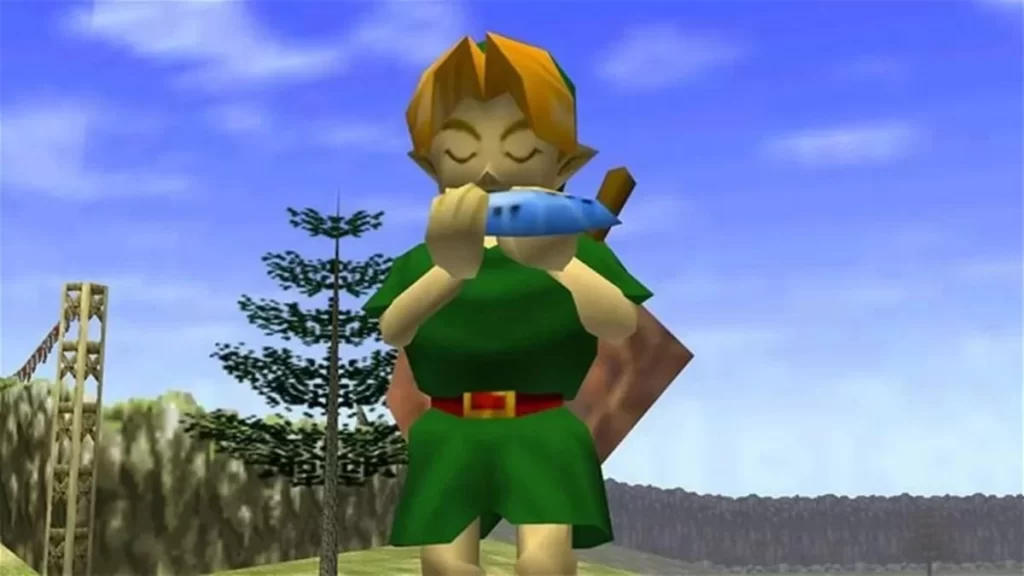We’ve all heard stories of lost media – those films, songs, and TV shows that have vanished without a trace. The mystery surrounding their alleged existence (or lack thereof) has brought thousands of people worldwide together in the search for said lost media.
In fact, on November 4th, 2024, this massive community finally marked one of the longest-lasting mysteries as solved. The so-called “most mysterious song on the internet” was identified 17 years after the search commenced.
The gaming world has its own lost media, too. Unreleased games, early versions (prototypes) of our favorites, and even entire development projects that never saw the light of day despite being teased.
So why is preserving prototypes of video games important? That’s what we’ll find out today – shedding some light on the development processes of our favorite titles and understanding how game design evolves as time goes on.
Why preserving prototypes of video games is important

What at first glance seems to be only about saving old code, preserving video game prototypes is about encasing a potentially vital piece of gaming history in amber.
These early versions of games offer a unique window into the creative process, revealing insights you probably won’t find anywhere else. Let’s explore why keeping these prototypes is so important:
Understanding the evolution of a game’s design and principles
Prototypes show us how games evolve over time. They reveal the iterative design process, where developers experiment with different ideas, refine mechanics, and adjust their vision based on feedback.
If we examine these early versions, we’re bound to gain a deeper appreciation for the design choices that shaped the final product. We can see the evolution of gameplay, the refinement of controls, and even the changes in the narrative arc.
These glimpses into the design process are invaluable for understanding how games are made – take notes, future game developers!
Uncovering unreleased content: what it could have been

Prototypes often contain content that never made it to the final game. Think about those cut levels, unused characters, or alternative storylines we all loved to speculate about. These “what-if” scenarios offer a peek into the game’s initial vision and the creative decisions taken along the way.
They provide a richer, more nuanced understanding of the game’s development and history, even if they’re not the final product.
Learning game development techniques from the past
Prototypes also illuminate the development techniques and technologies used during a game’s creation. They showcase how games were made using particular hardware and software in their early days, offering a valuable resource for developers, historians, and researchers.
By analyzing and studying these techniques, we can learn from past successes and failures, potentially improving how games are developed in the future.
In any case, even if these paradigms are antiquated by our modern standards (like object-oriented programming), the code should still be interesting to peek at – you never know when you’ll find hacky, but ingenious solutions like Quake’s fast inverse square root.
Preserving a cultural artifact and a piece of gaming history

Older folks might find the following claim debatable: video games are cultural artifacts that reflect the time and context of their creation. They embody the creative aspirations, technical limitations, and cultural influences of a particular moment in gaming history.
Preserving them helps us understand how games have changed over time, how they’ve been influenced by broader cultural trends, and also how they’ve impacted our world. Just like we do for paintings, historical artifacts, and fossils, preserving game prototypes is a way of safeguarding an incredible moment of our shared gaming heritage.
Old video game prototypes are also useful to current game developers
As a game developer, you’re pouring your heart and soul into your project. You’re building a world, designing mechanics, and bringing your vision to life, one line of code and pixel at a time. Amidst the excitement of creation, it’s not hard to overlook something important: preserving your game’s history.
Keeping those early builds and prototypes might seem like a chore, especially when you’re focused on reaching the finish line, but it’s worth the effort! These early versions of your game will show how your ideas have matured and grown over time.
They can be valuable for two reasons. First, they let you revisit earlier iterations of your project, which can spark new ideas or help you rediscover elements you might have abandoned along the way.
Sometimes, taking a step back and playing a previous prototype can help you identify what worked well and what didn’t, providing great insights for future projects.
Second, they’re a record of your progress, showing how far you’ve come and all the challenges you’ve overcome. This is useful for those who take pride in looking back and admiring, even if for a moment, the journey until that point. For these people, it could be a welcome motivation boost to keep building one feature (or fixing one bug) a day.

Also, they can be invaluable tools for game designers. If testers loved a prototype but the final game isn’t getting the same response, examining those early versions can reveal what changed and why.
Maybe a design decision was made to appeal to a wider audience, but it ended up diluting the core experience. Perhaps a key feature was cut due to time constraints, leaving the game feeling incomplete. Analyzing early builds can help pinpoint those moments where the game took a different path, offering valuable insights for future development.
Verdict: take a few minutes to backup your files, organize your folders, and keep your prototypes and early builds somewhere safe. You’ll probably give yourself a pat on the back later!
The challenges of preserving video game history

Saving those old video game prototypes isn’t as simple as putting a cartridge in a box. We’re talking about digital files that can easily get lost or damaged. As technology evolves, those old formats become outdated, making it harder to open and preserve them.
For example, imagine trying to play an old floppy disk game on your modern computer – it’s impossible without special hardware or an antique computer! That’s one of the challenges we face with video game prototypes.
They often exist on outdated media incompatible with current systems. And even if you find a way to access the data it might be corrupted or incomplete. Despite them feeling like such, digital files aren’t that permanent.
Then there are the legal hurdles. Companies often own the rights to their games, and they might not want to share those early versions with the public or even with archives. It can be a complicated expensive process, especially when it comes to intellectual property rights.
So – why is preserving prototypes of video games important?
Because, as seen in this article, if we understand how games evolved, we can learn from the past, appreciate the developers’ creativity and ingenuity, and ensure these digital artifacts are preserved for future generations.
Preserving video game prototypes is a global effort – with developers, historians, and enthusiasts working together to safeguard this important part of gaming history. Furthermore, keeping well-received prototypes and early builds of a game safe from ongoing development can also provide valuable insights for game designers to improve their creations.
Thanks to the efforts of dedicated archivists and the online community, we can continue to explore and learn from the history of video games.
And if you want to create your own gaming legacy, Main Leaf Games is here to help you develop your dream game. We offer a variety of services, from concept development and trustworthy outsourcing to full-scale production, helping you take over every step of the game development process.
Contact us today and let’s build an awesome game together!

